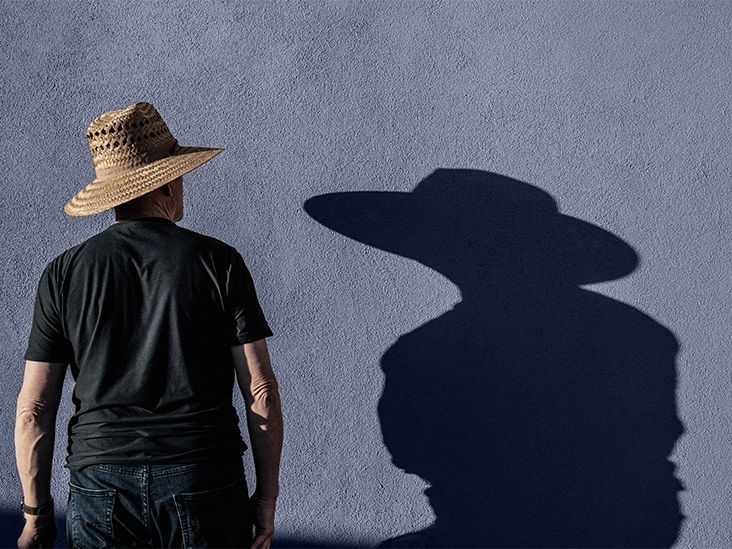‘Supine’ means lying on the back with the face pointing upward. Many people sleep in the supine position, and it is also common in certain practices, such as yoga and Pilates.
For certain medical procedures, including some types of surgery, doctors will require a person to be in the supine position. The opposite of supine is prone, which is lying on the front, facing downward.
Keep reading to learn about the benefits and risks of the supine position.

Some types of exercise, particularly those focusing on stretching or relaxation, use the supine position. Examples include yoga and Pilates.
Supine position in Pilates
A supine position may be the basis for certain Pilates exercises that help align the body correctly.
Pilates practitioners adopt a neutral spine when in the supine position. A neutral spine aligns the spine and pelvis, easing pressure on the bones and muscles. A person can use cushions or blocks to help achieve a neutral spine.
Supine position in yoga
According to the
Corpse pose, or Shavasana, is a relaxing supine posture that people often adopt toward the end of a yoga sequence. In this pose, a person lies on their back with their arms by their side and their palms facing upward. They then focus on deep, slow breathing, which encourages deep, meditative rest and relieves stress.
In a reclined spinal twist, known as the Supta Matsyendrasana pose, a person lies on their back and brings one knee toward their chest. They use the hand on the opposite side of the body to pull the knee gently over the other leg, enabling the torso to twist gently. They can rest the knee on the floor if doing so is comfortable.
This pose stretches the spine, back, shoulders, thighs, and neck.
Other yoga poses that involve the supine position include:
- Fish Pose, or Matsyasana
- Wind-relieving Pose, or Pavanamuktasana
- Bridge Pose, or Setu Banhasana
- Boat Pose, or Naukasana
According to a 2016 article in the journal Sleep Health, the best sleeping position is a matter of personal preference. The authors explain that adults may change their sleeping position 11–45 times a night, either spontaneously or intentionally. A person’s age, health, and comfort all determine the most suitable sleep posture.
Some people may find the supine position uncomfortable for sleeping or notice that it aggravates certain health conditions. If a person feels as though their back is arching in the supine position, they could try putting pillows underneath the knees to encourage a flatter back.
According to a 2019 review in the
Supine sleeping may also lessen the development of facial sleep wrinkles, which some people may see as a benefit. Sleeping on the stomach or side may compress a person’s skin and cause wrinkles, whereas supine sleeping is less likely to affect the skin’s appearance.
Although some people may find sleeping on their back more comfortable, it can carry some risks.
Obstructive sleep apnea and snoring
According to a 2015 study in the
Additionally, research suggests that sleeping in the supine position plays a role in more than half of all cases of obstructive sleep apnea (OSA).
The
The FDA advises that special devices, including pillows and monitors, can help stop people with OSA from sleeping on their back. These devices can ensure that a person remains on their side while asleep to prevent their tongue or throat from blocking their airway.
Pregnancy
According to a
The author explains that adopting a supine sleeping position in the third trimester of pregnancy can compress the inferior vena cava. This large vein carries blood from the lower part of the body to the heart. Compressing it can reduce blood flow to the uterus, cause maternal low blood pressure, and increase the risk of stillbirth.
Gastroesophageal reflux
According to a 2022 study, a supine sleeping position may not be ideal for people with nocturnal gastroesophageal reflux disease (GERD). In the study, 57 people used a device to monitor acid production during sleep. The results showed that sleeping on the left side was more beneficial than sleeping on the back or on the right side.
Yoga and Pilates practitioners use the supine position to align the body, relax, and de-stress. Maintaining a neutral spine while lying on the back can help prevent overstretching and minimize stress on the muscles and bones.
Some people find sleeping on their back comfortable, and this position could help alleviate back pain in some individuals.
However, experts advise that the supine position presents risks during the later stages of pregnancy. Additionally, sleeping on the back may cause snoring or sleep apnea or worsen the symptoms of GERD.


